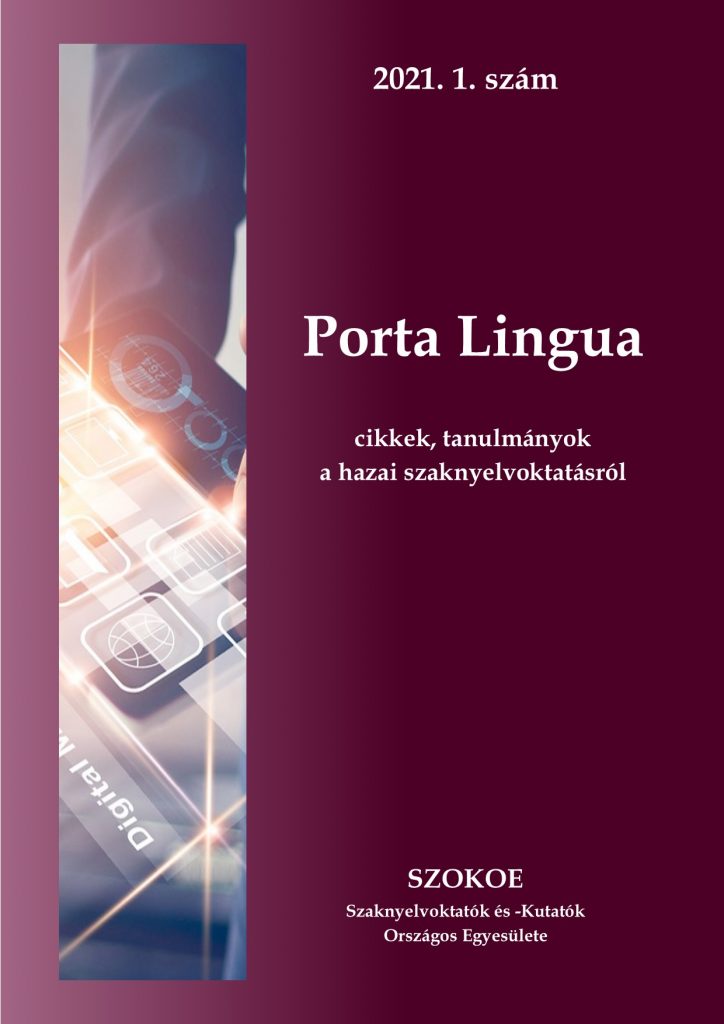Gyuró Monika
Temporal references in pain narratives: The cognitive perspective
![]()
Gyuró, M. (2021): Temporal references in pain narratives: The cognitive perspective. Porta Lingua. 2021/1. 135-146
DOI: https://doi.org/10.48040/PL.2021.11
Absztrakt
The present study investigates how pain experience affects the cognitive representation of time and viewpoint in a particular genre and narrative. In patients’ reports, temporality of pain experience does not follow the objectively measurable time. The ongoing character of pain contains not only the present issues but also retains the preceding aspects of the here-and-now moment and anticipates the future notes as time unfolds. To describe this particular experience, I employ the cognitive -linguistic model of mental spaces and blending (Fauconnier – Turner, 2002). I analyze blog posts of patients with chronic diseases on the use of temporal deixis and tense focusing on the shifts realized between the Narrative Space embedding the Event Space in which the past events occurred and the Here-and-Now Space which comprises the narrator’s viewpoint as an Origo. Moreover, I presuppose the Intermediate Space between the Event Space and the Reality Space, providing a transition between the aforementioned spaces and legitimization of the reconstruction of the events (Van Krieken et al., 2016). Temporal overlapping proves that subjective experience steers tenses and temporal deixis which govern the construal of viewpoint and time in the narratives; therefore, time and viewpoint are immediately connected in the cognitive representation of the narratives.
Keywords: temporal referencing, narrative, mental spaces, blending, temporal deixis


 Porta Lingua 2021
Porta Lingua 2021